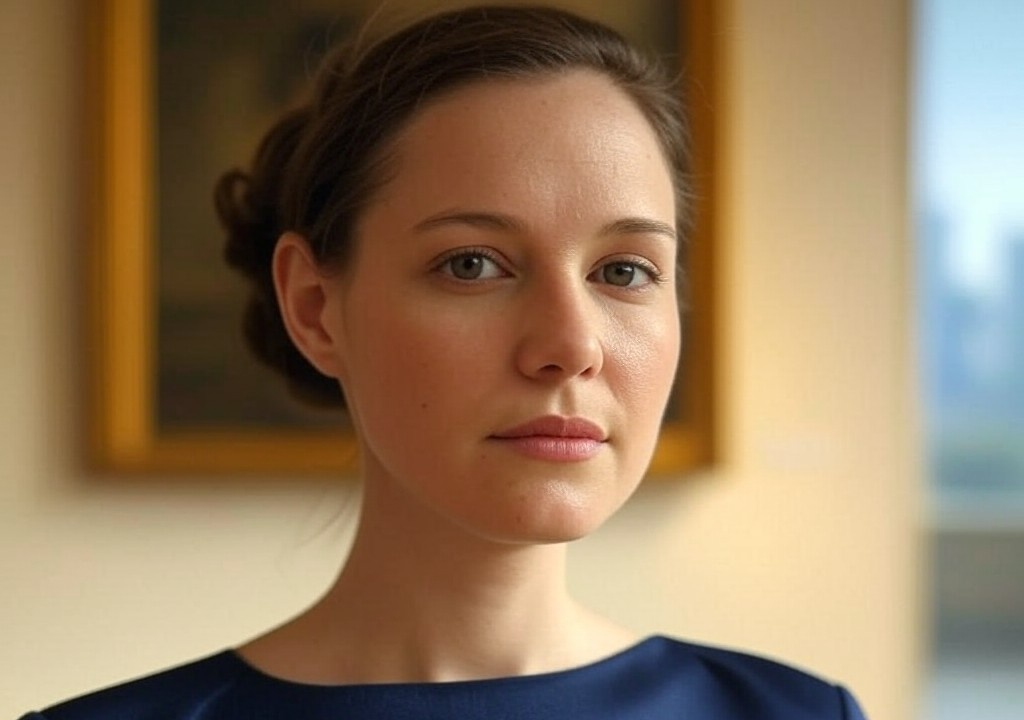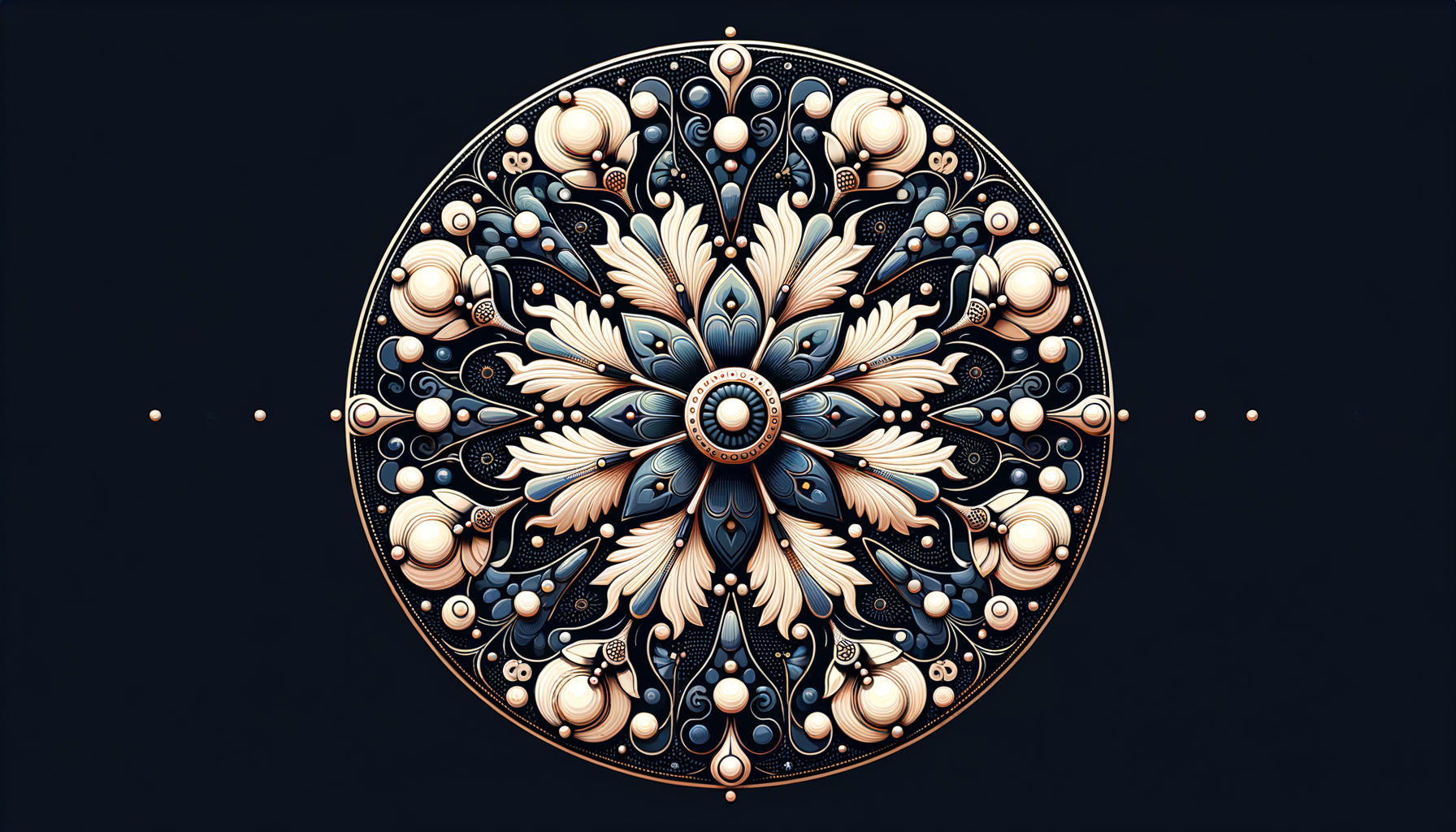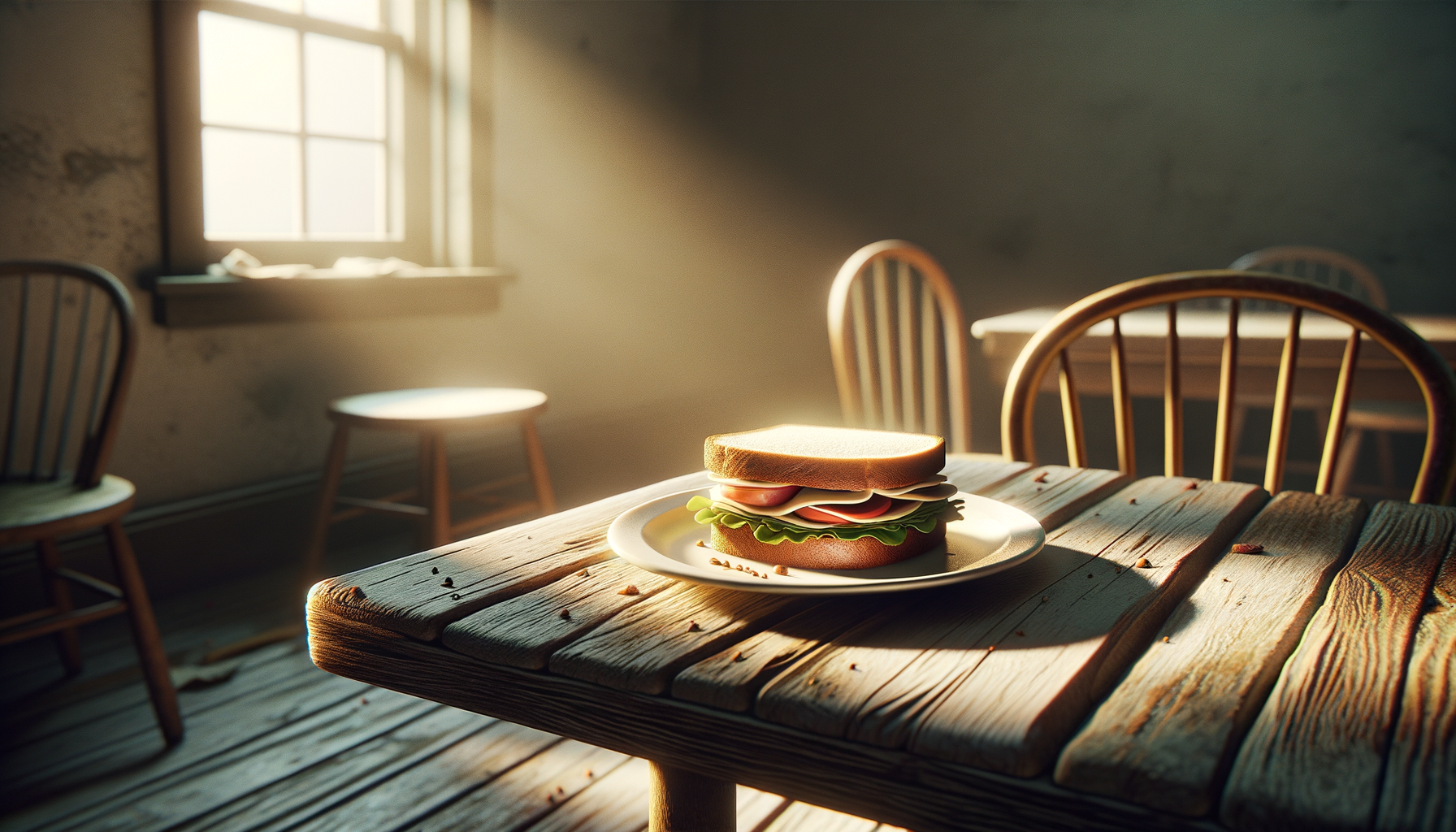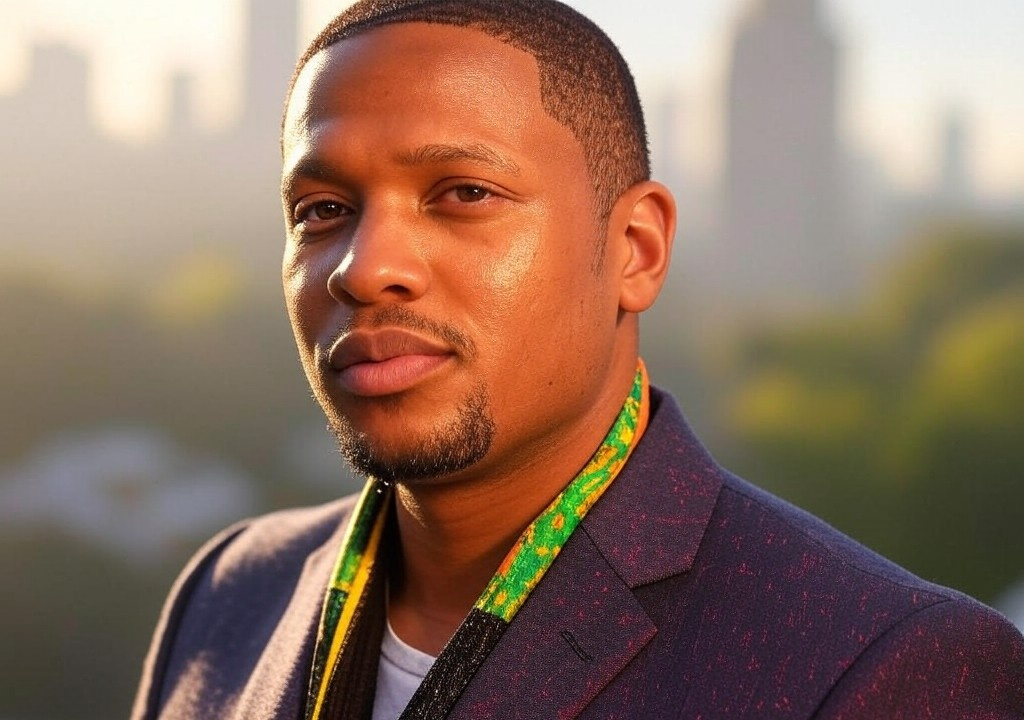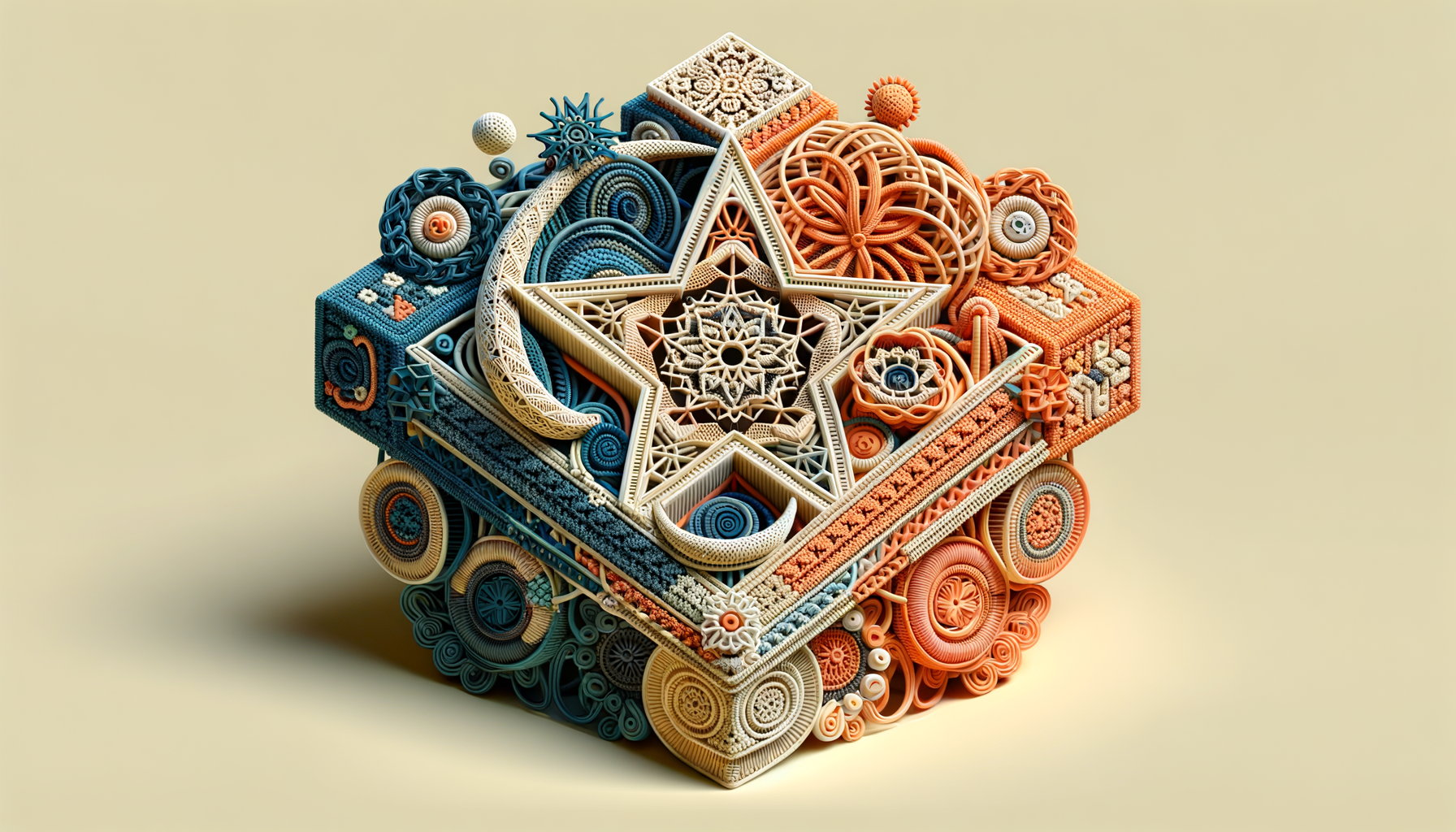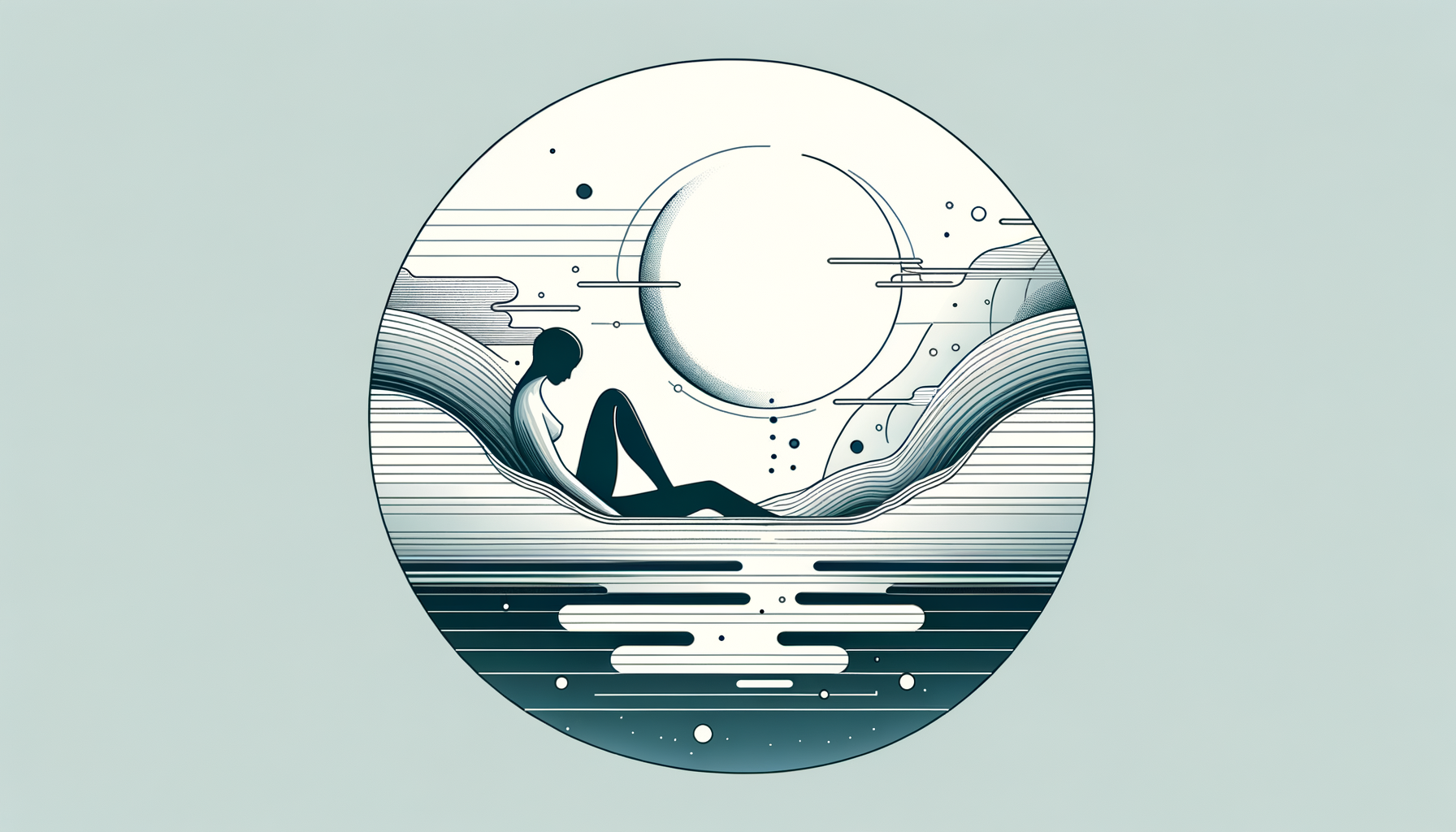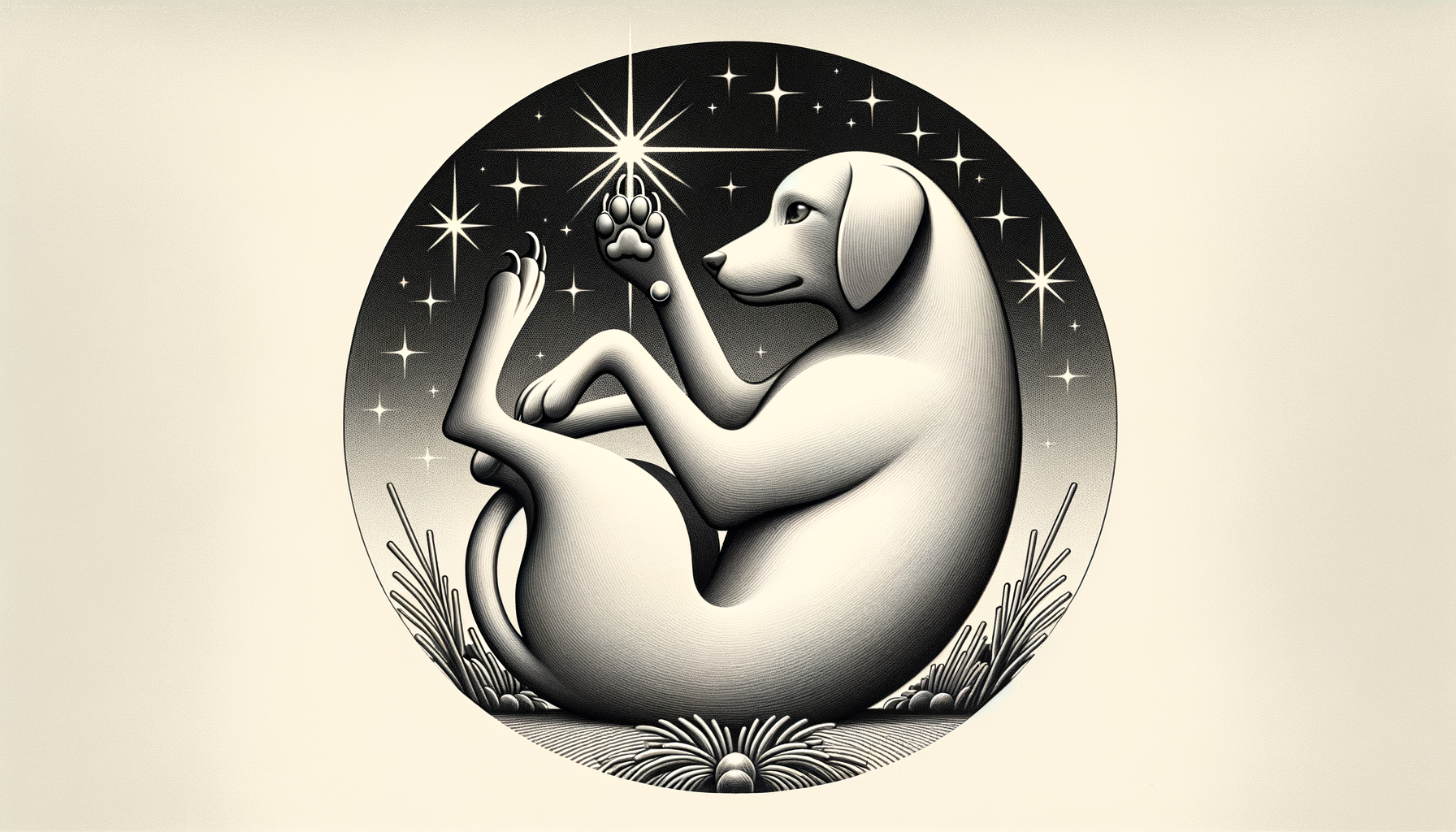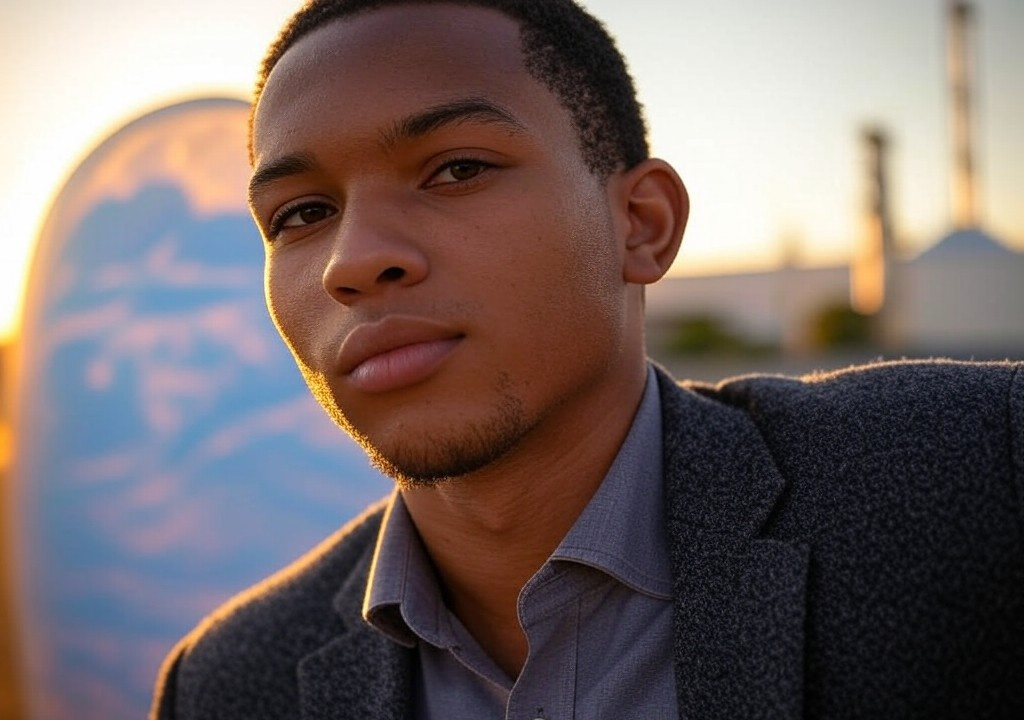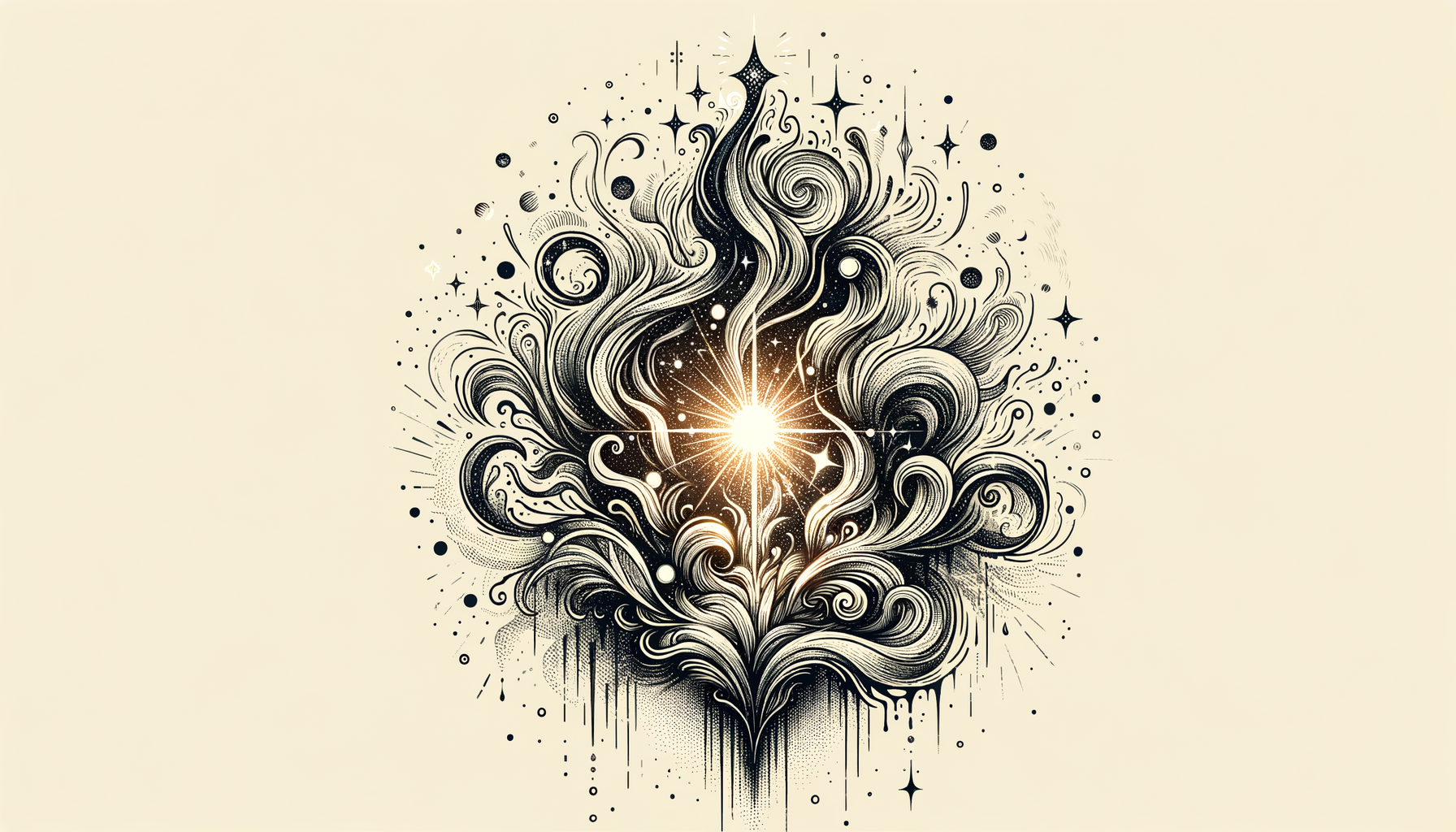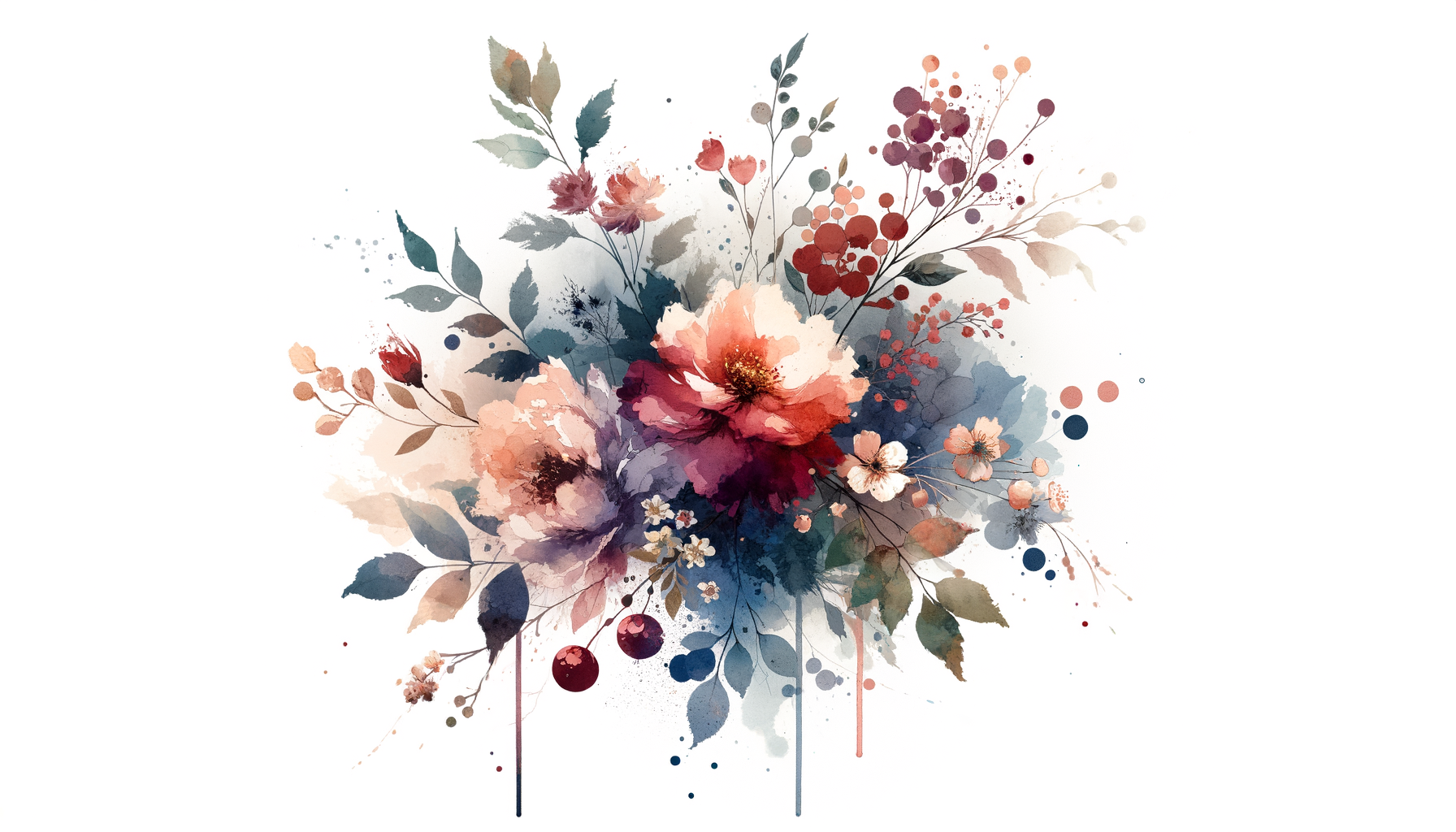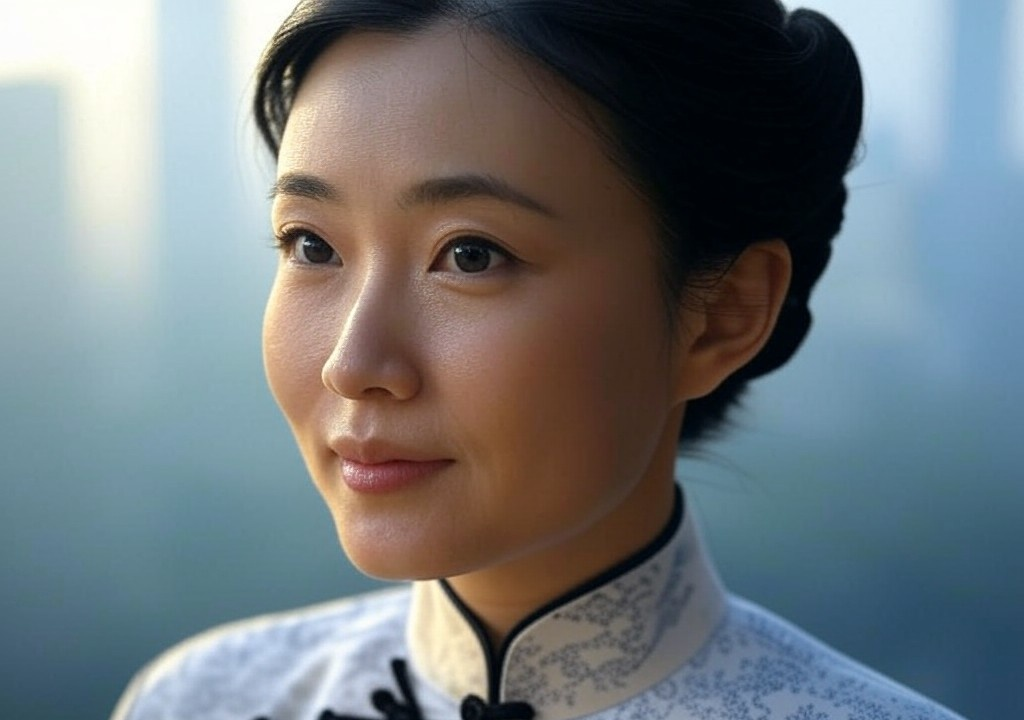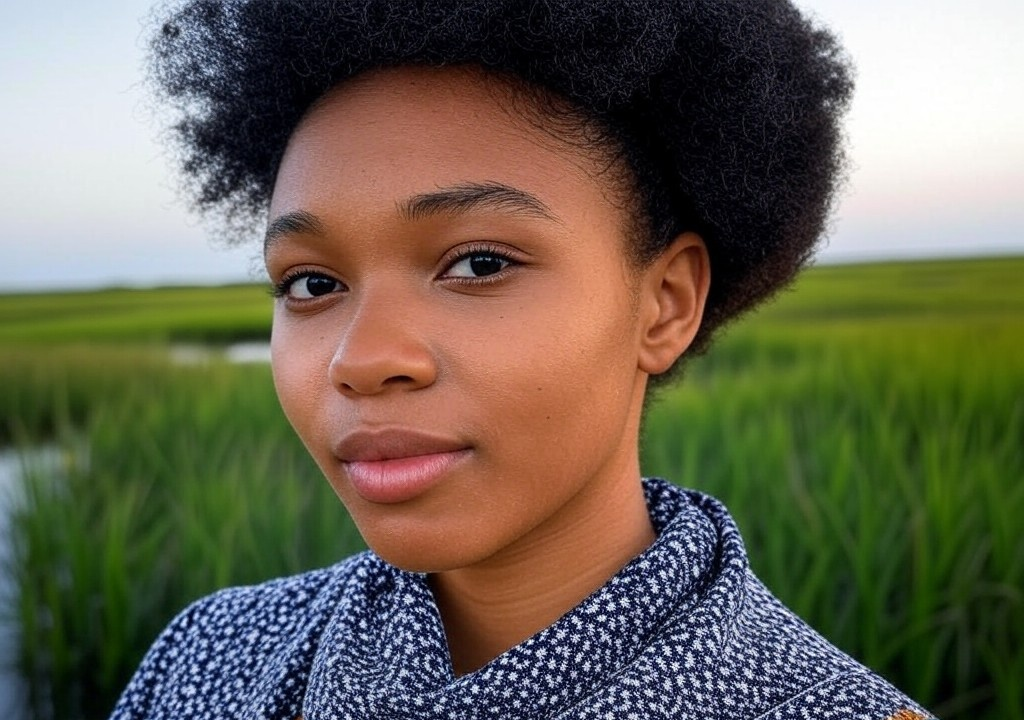There’s a running joke in my life about the place where I grew up: Manhattan’s Upper East Side. To some, it conjures glamorous images of pearls, pedigree, and trust funds. To others, it’s an emotional season of Gossip Girl brought to life, a world of brunches, boarding schools, and passive-aggressive notes tucked into Hermès bags. But to me, it was simply home—a world steeped in beauty, rules, and the unspoken etiquette of connection and exclusivity. It taught me lessons I never saw coming, especially when it came to love and relationships.
Manhattan doesn't just raise you; it curates you. You’re not simply growing up; you’re being assembled, piece by piece, like a gallery's debut collection. And whether by design or osmosis, the Upper East Side becomes your unrelenting tutor in relationships, imparting lessons in nuance, presentation, and the all-important subtext.
The Cult of Presentation: The First Impression Olympics
In the Upper East Side, the lesson is clear: never underestimate the importance of how you present yourself. This isn’t just about walking into a room like you belong there—it’s about walking in as if the room somehow belongs to you. My childhood was littered with examples of this: my mother ensuring the floral arrangements were as intentional as the brushstrokes in a Cézanne, my father debating the value of silence in art installations as a form of communication. I took mental notes, saved for later, to be wielded in entirely different settings.
Take dating, for instance. Presentation matters deeply in those initial stages of attraction—and no, I’m not just talking about outfits or manicured nails (though let’s not pretend those don’t help). It’s about cultivating a graceful ease and projecting natural confidence, much like the understated beauty of a Monet. Dating in the wild reminds me of those early art galas I attended—small talk masquerading as sophistication, everyone vying to be more interesting than the Champagne they’re sipping. In both scenarios, it’s the quiet, unpolished moments that linger: a stray laugh, an unguarded truth, the perfect bit of imperfection that makes someone unforgettable.
Love Is in the Framing
Growing up, my father often said that framing was everything. And he didn’t just mean for the paintings. Framing determines what you notice, what you value, and what you leave out. The grand halls of the Met taught me early that what you focus on defines the story you tell—and that same rule applies to relationships.
In our swanky corner of Manhattan, grand gestures and show-stopping postures weren’t unheard of. (A sweet-sixteen yacht party? Oh, that’s Tuesday.) But I learned to pay more attention to the framing—the quiet effort behind the noise. Is someone making time for you, even between all the ridiculous social obligations? Are they listening to the details that don’t make for good party anecdotes but still mean the world to you? Are they steady, even when the gallery lights dim?
In my first “serious” relationship (if we can call an overly intellectualized sophomore-year romance serious), I was fixated on the wrong things: his charmingly bohemian family, his strong opinions on obscure jazz records, and his ability to quote Rilke like it was casual. But the frame beneath cracked easily—he held grudges, wielded sarcasm like a scalpel, and seemed more intrigued by the idea of me than who I actually was. It was a lesson painfully learned: make sure the person can hold the weight of your emotional canvas before letting them frame you into their world.
The Dichotomy of Opulence and Vulnerability
Here’s the secret of the Upper East Side: intimacy scares the pearls off most people. Vulnerability is like a Rothko painting—bold and raw and impossible to interpret unless you’re willing to sit with it a while. And most people don’t want to sit with it. Vulnerability is messy, clashing with the streamlined elegance of gold-plated facades.
I had to unlearn this fear, learning that love isn’t a curated gallery opening where every detail is flawless and carefully vetted. It’s more like a Jackson Pollock—chaotic, unpredictable, and occasionally undervalued until you sit back and realize the full, messy brilliance of it. In the early days of my now-lasting partnership, I struggled with this. I thought a small crack in my armor—a bad day, strong opinions delivered with too much edge, vulnerability tugging at the mask I’d been taught to wear—might make my partner step back. Instead, I found that those moments were where connection started, not ended.
Relationships thrive in unpolished spaces, a fact I sometimes still have to remind myself of, even after years of learning better.
The Art of the Exit
My first heartbreak was best summed up by a Whitney Museum exhibit I saw at 21 called Everything Falls Apart. It wasn’t just the heartbreak itself; it was the unraveling of the illusion I’d built around the romance. The Upper East Side teaches you to curate your life, but what do you do when the centerpiece cracks?
Here’s what I came to learn: the end of a relationship is like the removal of an artwork from a wall. It leaves behind an almost ghostly void—a distinct, lingering shape of what was once there—but that emptiness is also where you fill in new meanings. For every heartbreak (and oh, there were a few more after that “serious” sophomore-year romance), I asked myself: What does this hole teach me? Sometimes it’s how to set boundaries. Sometimes it’s patience. Sometimes it’s the ability to laugh at how catastrophically bad I am at picking first dates.
But the art of the exit goes beyond learning; it’s about grace. Leave kindly, close the door firmly, and let the next chapter present itself. Elegance, even amid heartache, is a gift you give both to yourself and to the person who’s (hopefully) grown alongside you.
Love, Life, and Some Final Brushstrokes
Manhattan’s Upper East Side shaped me with its beauty, its brutal honesty, and its bizarre elbow-nudging lessons about relationships. Life here is a paradox—the high ceilings of luxury often paired with the cold undercurrent of emotional restraint. I've spent years oscillating between appreciating its grandeur and resisting its influence, but somewhere along the way, I realized the truth: every place, every city, leaves its fingerprints on how we love.
My relationships have been defined by Upper East Side quirks—the attention to presentation, the awareness of unspoken rules—but they’ve also pushed me to rebel against them. To lean into cracks rather than veneer, to celebrate Pollocks over perfectly framed portraits. And while the backdrop of my life might make for a Netflix-worthy montage of impossibly well-dressed characters, it also serves as a reminder: love thrives when it’s personal, messy, and shaped not by ideals but by authenticity.
From my perch here in the city (likely with Ella Fitzgerald in the background and a bittersweet glass of Bordeaux in hand), I think often of what my first romantic missteps taught me. Manhattan is my gallery—it gives me the influences, but the final brushstrokes are all mine.


